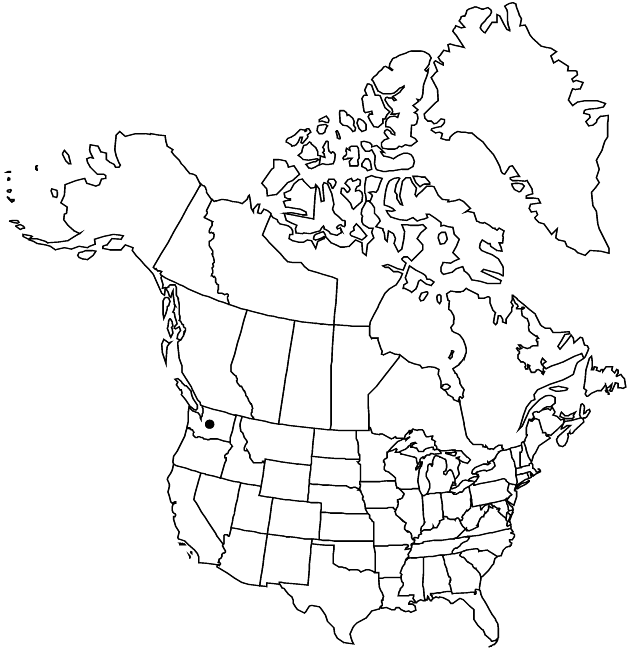Difference between revisions of "Erigeron piperianus"
Brittonia 6: 197. 1947.
FNA>Volume Importer |
imported>Volume Importer |
||
| (2 intermediate revisions by 2 users not shown) | |||
| Line 8: | Line 8: | ||
}} | }} | ||
|common_names=Piper’s fleabane | |common_names=Piper’s fleabane | ||
| + | |special_status={{Treatment/ID/Special_status | ||
| + | |code=E | ||
| + | |label=Endemic | ||
| + | }} | ||
|basionyms= | |basionyms= | ||
|synonyms= | |synonyms= | ||
| Line 45: | Line 49: | ||
|publication title=Brittonia | |publication title=Brittonia | ||
|publication year=1947 | |publication year=1947 | ||
| − | |special status= | + | |special status=Endemic |
| − | |source xml=https:// | + | |source xml=https://bitbucket.org/aafc-mbb/fna-data-curation/src/2e0870ddd59836b60bcf96646a41e87ea5a5943a/coarse_grained_fna_xml/V19-20-21/V20_598.xml |
|tribe=Asteraceae tribe Astereae | |tribe=Asteraceae tribe Astereae | ||
|genus=Erigeron | |genus=Erigeron | ||
Latest revision as of 20:04, 5 November 2020
Perennials, (3–)6–12 cm; taprooted, caudices usually branched. Stems erect (distinctly white in proximal portions), usually strigose at least on distal 1/2, sometimes strigoso-hirsute or mixed-hispid, minutely glandular. Leaves mostly cauline (proximal internodes elongate; petioles prominently ciliate, hairs spreading, thick-based); blades linear to linear-oblanceolate, 20–40 × 1–1.5 mm (on proximal 1/2–2/3 of stems), (bases relatively thin, not sheathing) margins entire, hispido-ciliate, faces strigose. Heads 1. Involucres 3.5–4 × 5–10 mm. Phyllaries in 2–3 series, hirsuto-villous, sometimes minutely glandular. Ray florets 25–40; corollas yellow, drying dark yellow (sometimes fading on drying and appearing whitish or creamy), 4–9 mm, laminae coiling. Disc corollas 2.5–3 mm. Cypselae 1.6–1.8 mm, 2-nerved, faces sparsely strigose; pappi: outer of setae, inner of 15–25 bristles.
Phenology: Flowering May–Jun.
Habitat: Dry, open places, level to moderate slope, commonly with sagebrush, usually undisturbed, sometimes grazed and/or burned, sites
Elevation: (100–)200–400(–700) m
Discussion
Selected References
None.
